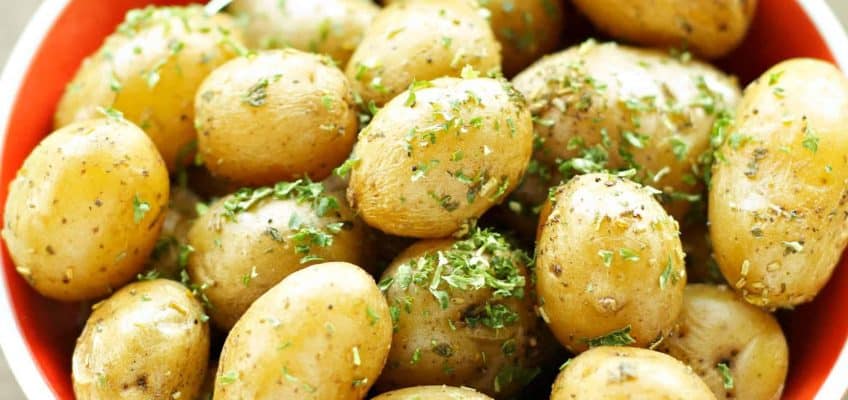Thailand Food Regulation: Labelling of Prepackaged Food, 2017 update
On 1 December 2014, Thailand implemented new labelling criteria for pre-packaged foods. A grace period of two years was given to food producers and importers to comply with the new regulation which ended December 2016. Pre-packaged food is food packed in containers for sale. On the 16 February 2017, a draft Thailand Notification, “The Labelling of Pre-packaged Foods (No.2)” was issued as an amendment to the 2014 regulation which will come into force after it is notified in the Government Gazette, except where indicated below. Under the new labelling system, the labels of pre-packaged foods manufactured and imported for sale in Thailand should follow the guidelines as listed:
Text on the label of pre-packed food shall be in the Thai language and shall specify the ingredients of the food, especially information about food allergies, and declarations of the functional class titles of food additives, together with specific names or the International Numbering System (INS for Food Additives) and include:
- Product name.
- Serial number.
- Importer or manufacturer’s name and address.
- Metric declaration of quality.
- Additional required information such as: cooking or storage instruction. In case of imported pre-packaged food which is not for retail sales or food catering this can be labelled in English.
- Ingredient list: Declaration of the percentage of food ingredients for food labelling is exempt where food is sold directly to food manufacturers or used as raw materials in food processing however, the declaration of percentage shall be legibly displayed in sale documents. In the case of food manufactured or imported for use in their own food product (or the same trademark of such manufactures or imports) or food manufactured or imported for sale to food manufacturers with agreement to provide information of percentage of food, the declaration of percentage of food ingredient shall be exempt for both food labelling and sale documents.
- Food additives: Label as “food additive” for food additives other than color, food enhancer, food preservative, and sweetener together with specific names or with International Numbering System: INS for Food Additives.
- Labels must display date marking: date/month and year together with “should consume by” or “Expiration Date”. After the date of “should consume by” or “Expiration Date”, such food cannot be marketable.
- Text appearing on labels shall be prominent and readily legible. Font size: The nutrients displayed on labelling, Nutrition Labelling, GDA: Labelling must be marked using font size at least 1 mm (2 year implementation period from Gazette publication).
- Words or text, pictures, pictorials, invented designs, marks, brands or trademarks, or registered trademarks in any language which appear on label shall not falsely or deceptively mislead any characteristics of the food.
- The labelling claim shall not be used for prohibited foods as indicated in the Thailand MOPH Notification or substances which don’t naturally occur in food except specified by Thailand MOPH Notification.
- Allergens and substances causing hypersensitivity. Food products that contain these allergens must indicate their presence with the following text in red bold alphabets in white background frame:
- In the case of their use as ingredients in food “contains…….”
- In the case of potential contamination during processing, the label must state “may contain……”.
The declaration of allergen information is exempt for following food;
- wheat-based glucose syrups including dextrose;
- wheat-based maltodextrins;
- glucose syrups based on barley;
- alcohol distillated from cereals;
- fish gelatine used as carrier for vitamin or carotenoid preparations;
- fully refined soybean oil and fat;
- natural mixed tocopherols (INS06), natural D-alpha-tocopherol, natural DL-alphatocopherol,natural D-alpha-tocopheryl acetate, natural DL- alpha-tocopheryl acetate, natural D-alpha-tocopheryl acid succinate from soybean sources;
- vegetable oils derived phytosterols and phytosterol esters from soybean sources;
- plant stanol ester produced from vegetable oil sterols from soybean sources;
- lactitol from milk and milk products.
Disclaimer: This information is based on an unofficial translation and interpretation of the WTO notification and a reminder. Exporters should check with their importers on current requirements.



